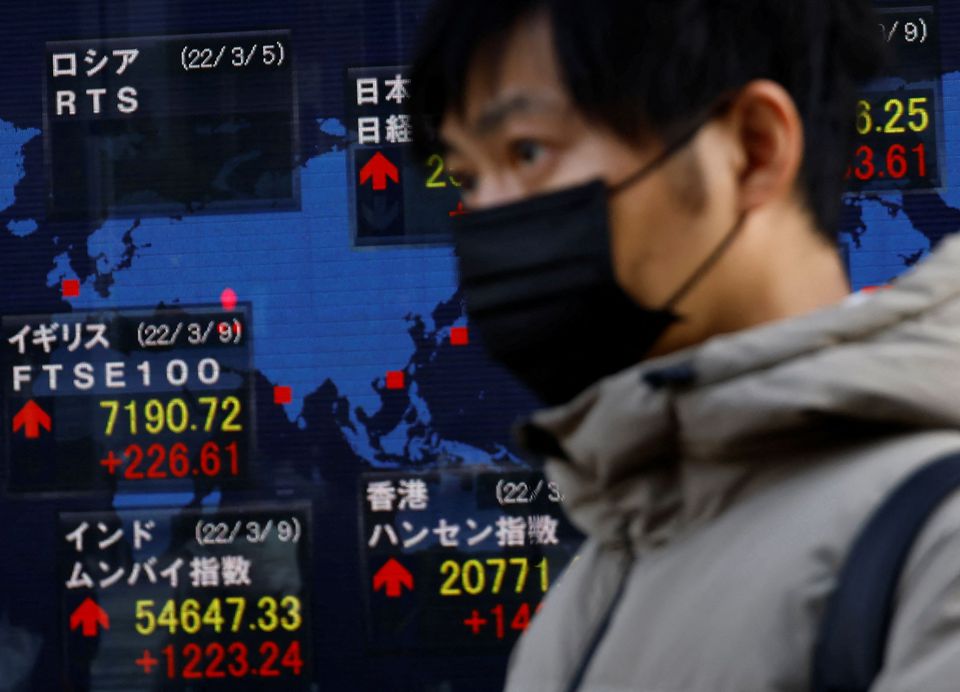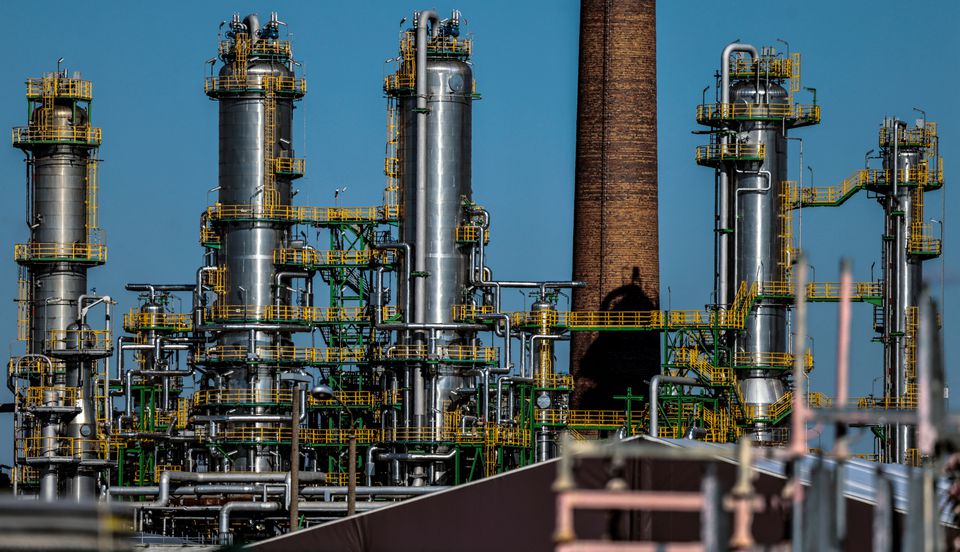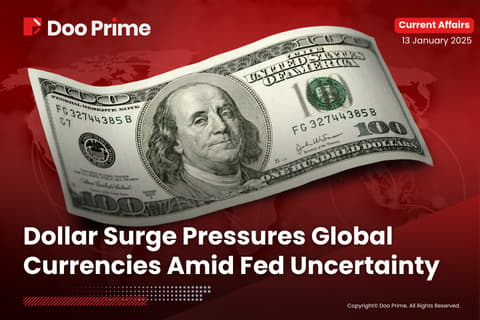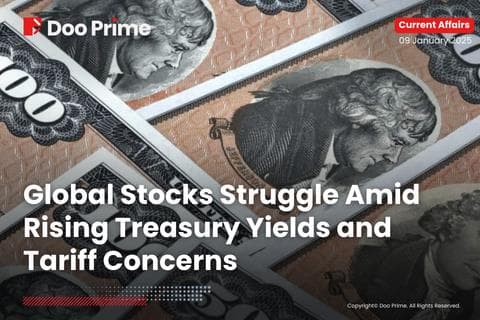WORLDWIDE: HEADLINES
Fed Hikes Interest Rates, Signals Aggressive Fight To Curb Inflation

The Federal Reserve on Wednesday raised interest rates for the first time since 2018 and laid out an aggressive plan to push borrowing costs to restrictive levels next year in a pivot from battling the coronavirus pandemic to countering the economic risks posed by excessive inflation and the war in Ukraine.
The U.S. central bank’s Federal Open Market Committee kicked off the move to tighten monetary policy with a quarter-percentage-point increase in the target federal funds rate, lifting that key benchmark from the current near-zero level in a step that will ripple through a variety of other rates charged to consumers and businesses.
But more notably, new Fed projections showed policymakers ready to shift their inflation fight into high gear, with one policymaker, St. Louis Fed President James Bullard, dissenting in favor of an even more aggressive approach.
Most policymakers now see the federal funds rate rising to a range between 1.75% and 2% by the end of 2022, the equivalent of a quarter-percentage-point rate increase at each of the Fed’s six remaining policy meetings this year. They project it will climb to 2.8% next year – above the 2.4% level that officials now feel would work to slow the economy.
Fed Chair Jerome Powell, speaking after the end of the latest two-day policy meeting, said the economy is strong enough to weather the rate hikes and maintain its current strong hiring and wage growth, and that the Fed needed to now focus on limiting the impact of price increases on American families.
Even with Wednesday’s actions, inflation is expected to remain above the Fed’s 2% target through 2024, and Powell said officials would not shy from raising rates more aggressively if they don’t see improvement.
Full coverage: REUTERS
Tesla Says It Is Trying To Keep Production Going At Shanghai Factory

Tesla (TSLA.O) said on Thursday it was doing its best to keep production going at its Shanghai factory while it cooperates with China’s COVID-19 prevention measures.
Reuters reported on Wednesday that the U.S. electric vehicle maker had suspended production at its Shanghai factory for two days, according to a notice sent internally and to suppliers, as China tightens measures to curb the country’s latest outbreak. read more
“We are actively cooperating with the government’s requirements for nucleic acid testing and other epidemic prevention requirements, and at the same time are doing our best to ensure production, overcoming difficulties together,” the company said in a statement sent to Reuters.
Full coverage: REUTERS
WORLDWIDE: FINANCE/BUSINESS
Asian Stocks Rally Strongly As Fed Hike, Ukraine Talks Boost Sentiment

Japan and Hong Kong led a jump in regional stocks on Thursday, joining a rally on Wall Street overnight as potential risks from Federal Reserve monetary tightening to the Ukraine war and a slowdown in China became less murky.
Treasury yields eased a little after spiking to nearly three-year highs overnight – with shorter-end yields rising more to flatten the curve – after the Fed raised the policy rate for the first time since 2018. The Fed increased rates by an as-expected quarter point and telegraphed equivalent hikes at every meeting for the remainder of this year to aggressively stamp out inflation.
The safe-haven dollar, though, remained on the back foot and oil also stabilized well south of recent multi-year highs amid signs of material progress in talks between Russia and Ukraine to end a three-week-old invasion that Moscow says is a “special military operation” to demilitarize its neighbor.
Meanwhile, investor concerns about a sharp slowdown for China, which is battling a spreading COVID-19 outbreak with ultra-restrictive measures, were assuaged on Wednesday after Vice Premier Liu He signalled more stimulus to support markets.
Japan’s Nikkei (.N225) soared 3.0% and touched a two-week high in Thursday’s session, while South Korea’s Kospi (.KS11) jumped 1.6% and Australia’s benchmark (.AXJO) added 1.4%.
Chinese blue chips (.CSI300) gained 2.1%, and Hong Kong’s Hang Seng surged 5.2%.
An MSCI index of regional shares (.MIAP00000PUS) rallied 2.5%.
U.S. stock futures pointed to a 0.3% decline at the restart, but following a 2.2% surge for the S&P 500 (.SPX) overnight.
Stocks stayed strong despite the Fed’s more hawkish tilt because Chair Jerome Powell “emphasised that the economy was strong enough to withstand hikes, saying he wasn’t concerned by the possibility of a recession,” National Australia Bank economist Taylor Nugent wrote in a client note.
“Glimmers of progress” in ongoing Russia-Ukraine peace talks had already lifted market sentiment, along with comments from Chinese officials that the response to the current COVID surge will be coordinated with efforts to support economic growth and capital markets, Nugent said.
Full coverage: REUTERS
Yen Left Behind As Fed Begins Hiking

The yen was pinned to a six-year low on the dollar and struggled against crosses on Thursday, as a rate hike with a hawkish outlook from the U.S. Federal Reserve underscored just how far the Bank of Japan is likely to lag worldwide policy tightening.
The Fed has raised interest rates for the first time since 2018 and policymakers’ projections for as many as six more hikes this year were even more aggressive than expected.
A return of risk appetite was no help to the yen, either, as hopes for a breakthrough in Russia-Ukraine peace talks set equities surging and safe-havens falling.
The yen hit 119.13 per dollar overnight, its lowest since early 2016, and was last at 118.96. It dropped 1.6% against the Aussie on Wednesday and slid further on Thursday to a four-year low of 86.97 yen per Aussie.
The euro, which caught a boost from peace hopes, surged more than 1% on the yen overnight and more than 0.7% on the dollar to stand at $1.1044 in early Asia trade.
“The market is expecting the Fed to ramp interest rates higher during the course of this year. By contrast the BoJ is committed to extremely accommodation policy settings,” said Jane Foley, senior FX strategist at Rabobank in London.
“Interest rate differentials and Japan’s position as a commodity importer suggest the possibility of further upside potential for USD/JPY this year.”
The Bank of Japan concludes a two-day meeting on Friday and is not expected to unwind accommodative settings.
The gap between benchmark 10-year Treasury yields and 10-year Japanese bond yields hit its widest in nearly 2-1/2 years overnight at 1.99%.
At 1200 GMT, the Bank of England is expected to raise interest rates for a third straight meeting and focus will be on any new thinking from policymakers about juggling the competing pressures of inflation and slowing growth.
Sterling hovered at $1.3149.
Elsewhere, talk of compromise from both Moscow and Kyiv on a status for Ukraine outside of NATO has lifted hopes for negotiated end to fighting and put a bit of downward pressure on the dollar more broadly.
Ukrainian President Volodymyr Zelenskiy said negotiations were becoming “more realistic” and Russia said proposals under discussion were “close to an agreement.”
The U.S. dollar index fell 0.5% overnight and edged a further 0.2% lower to 98.287 in early Asia trade.
Full coverage: REUTERS
Oil Futures Open Higher On IEA Supply Warning

Oil futures rose in early trading on Thursday, recovering some of the prior day’s losses, after the International Energy Agency (IEA) said a decline in oil demand due to higher prices would not offset a shut-in of Russian oil supplies.
Front-month Brent crude futures were up about 66 cents, or 0.67%, to $98.68 a barrel at 1222 GMT , while U.S. West Texas Intermediate (WTI) crude was up 84 cents, or 0.86%, to $95.86 a barrel.
Both contracts had settled lower on Wednesday, following an unexpected jump in U.S. crude stockpiles and signs of progress in Russia-Ukraine peace talks. U.S. crude had settled down 1.08% at $95.04 a barrel, while Brent settled down 1.9% at $98.02 a barrel.
Futures kicked off the session higher, however, after the market digested a report from the International Energy Agency that said some 3 million barrels per day of Russian oil output could be shut-in due to Western sanctions and as buyers snub Russian exports. That would exceed a 1 million bpd drop in demand anticipated as a result of higher prices.
“Questions about how much Russian oil will continue to swing and uncertainty in how bad crude demand destruction will get will keep energy markets jittery,” Edward Moya, a senior market analyst for OANDA, wrote in a note.
Oil inventories in the United States climbed by 4.3 million barrels in the week to March 11 to 415.9 million barrels, according to the U.S. Energy Information Administration, surpassing analysts’ expectations for a decline of 1.4 million barrels.
The oil market largely shrugged off an move by the U.S. Federal Reserve on Wednesday to raise interest rates by one-quarter of a percentage point, as anticipated.
Full coverage: REUTERS



